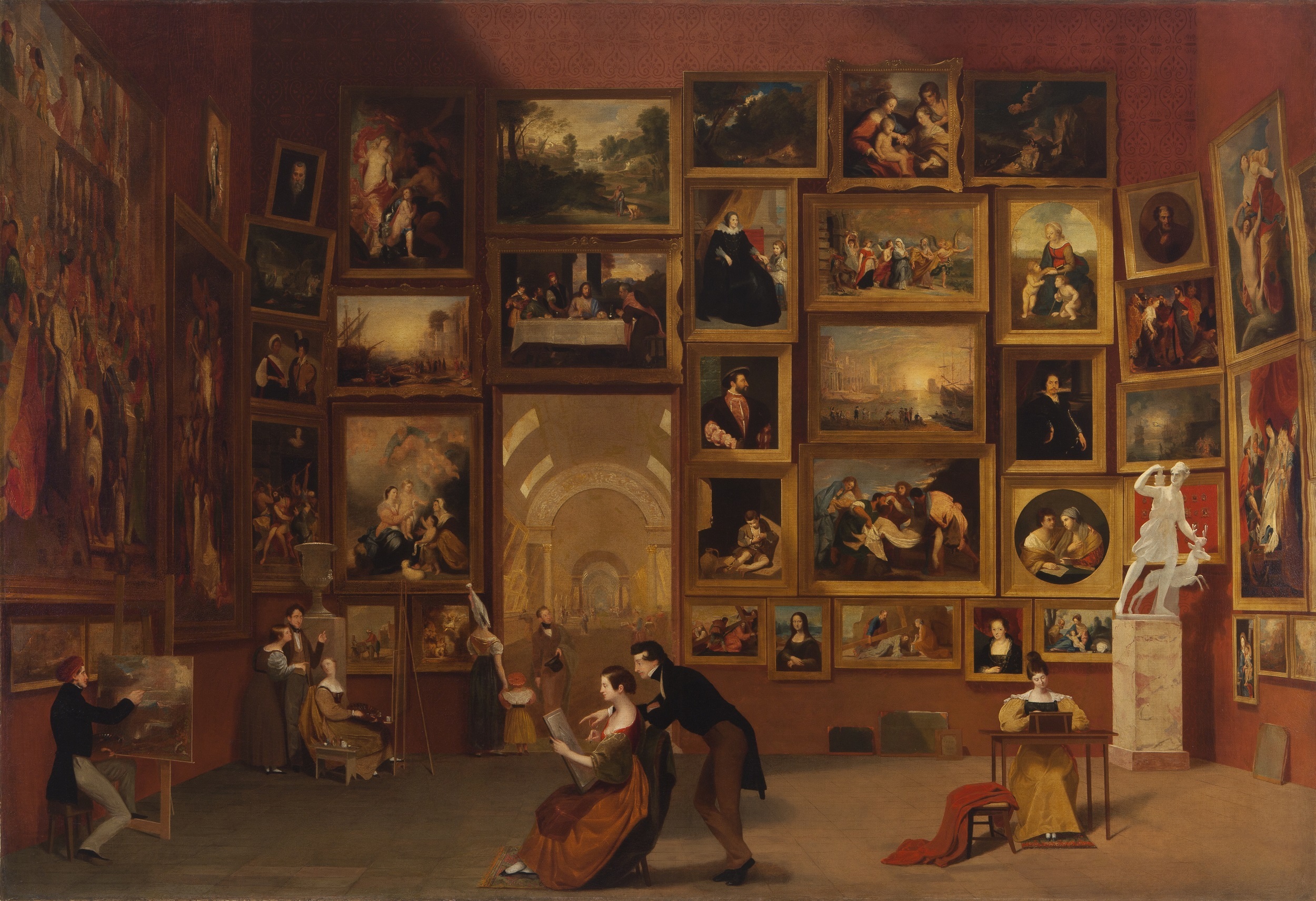Introduction
Samuel Finley Breese Morse, commonly known as Samuel Morse, is a name that resonates deeply in the corridors of both art and science. Born on April 27, 1791, in Charlestown, Massachusetts, Morse was a man of diverse talents, widely celebrated for his groundbreaking invention of the telegraph and the Morse code. However, his contributions to the world extend beyond his technological achievements; he was also a prolific artist whose paintings captured significant historical moments and figures.

The Inventive Journey: Samuel Morse and the Telegraph
The invention that Samuel Morse is most famous for is undoubtedly the telegraph. This revolutionary communication device transformed how information was transmitted over long distances, marking the beginning of the information age. Morse’s journey towards this invention began after his interests shifted from art to electromagnetism. In 1837, Samuel Morse constructed the first version of an electric telegraph. By 1844, he had perfected the system, famously sending the message “What hath God wrought” from Washington, D.C., to Baltimore, Maryland. This event not only proved the telegraph’s effectiveness but also established Morse as a pioneer in electrical communication.
:max_bytes(150000):strip_icc()/GettyImages-640486531-58f85b325f9b581d59f95106.jpg?resize=648%2C513&ssl=1)
In recognition of his groundbreaking work, Samuel Morse received a patent for his telegraph in 1840, ensuring his place in history as one of the great American inventors. His invention facilitated faster and more reliable communication across continents and was instrumental in the development of various sectors including journalism, banking, and diplomacy.
Artistic Achievements of Samuel Morse
Before his venture into invention, Samuel Morse was an accomplished artist. His passion for art was evident from his early years, and he pursued this path with fervour, studying at the Royal Academy in London. Morse’s artworks include several significant paintings such as portraits of well-known figures and scenes from history. Among his famous paintings, the “Gallery of the Louvre” and the portraits of Marquis de Lafayette showcase his detailed and refined artistry. These artworks not only highlight his skill as a painter but also underscore his deep appreciation for European art and culture.

Samuel Morse: Beyond Inventions and Art
Samuel Morse was also a devoted family man, which is often reflected in the personal subjects of his paintings. His life was marked by both triumphs and tragedies, including the profound impact of the untimely death of his first wife, which intensified his resolve to develop a means of rapid communication.
Throughout his life, Morse was also known for his eloquent words and many quotes attributed to him reflect his philosophical insights. He remained an active contributor to society, advocating for the arts and sciences until his death on April 2, 1872.
Legacy of Samuel Morse
The legacy of Samuel Morse is immense, influencing numerous fields and inspiring generations. His dual legacy as an inventor and an artist makes him a unique figure in American history. The telegraph may have been his most notable contribution, transforming societal operations and communications, but his paintings continue to be admired for their historical and artistic value. Samuel Morse’s life and work demonstrate a rare blend of artistic talent and scientific genius. He not only changed the way the world communicates but also enriched it culturally, leaving a lasting imprint on both the canvas and the telegraph wire.
Feature Image: Samuel Morse with his telegraph | Courtesy: Locust Grove




